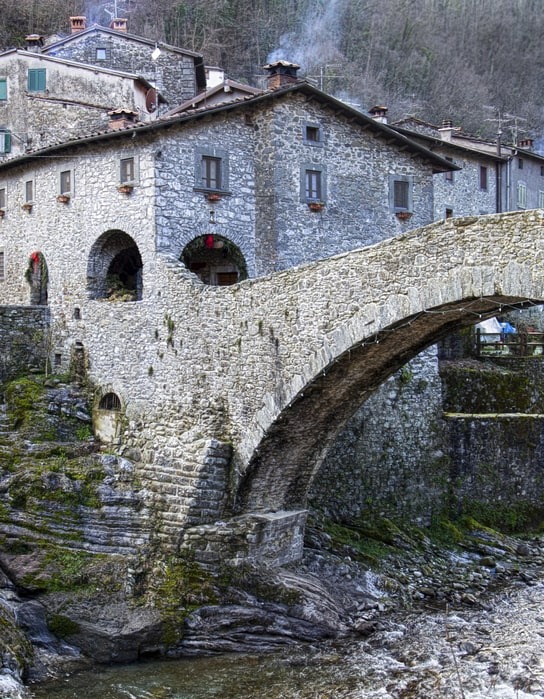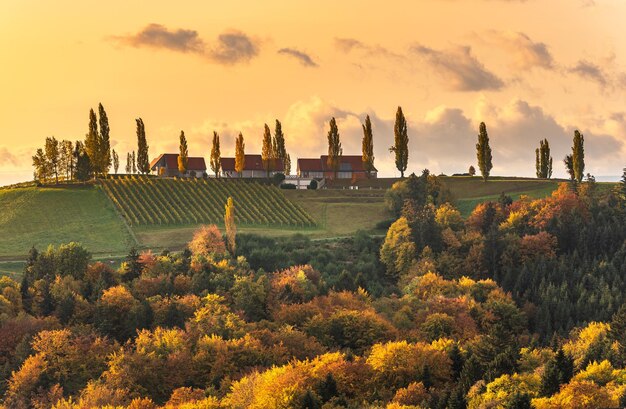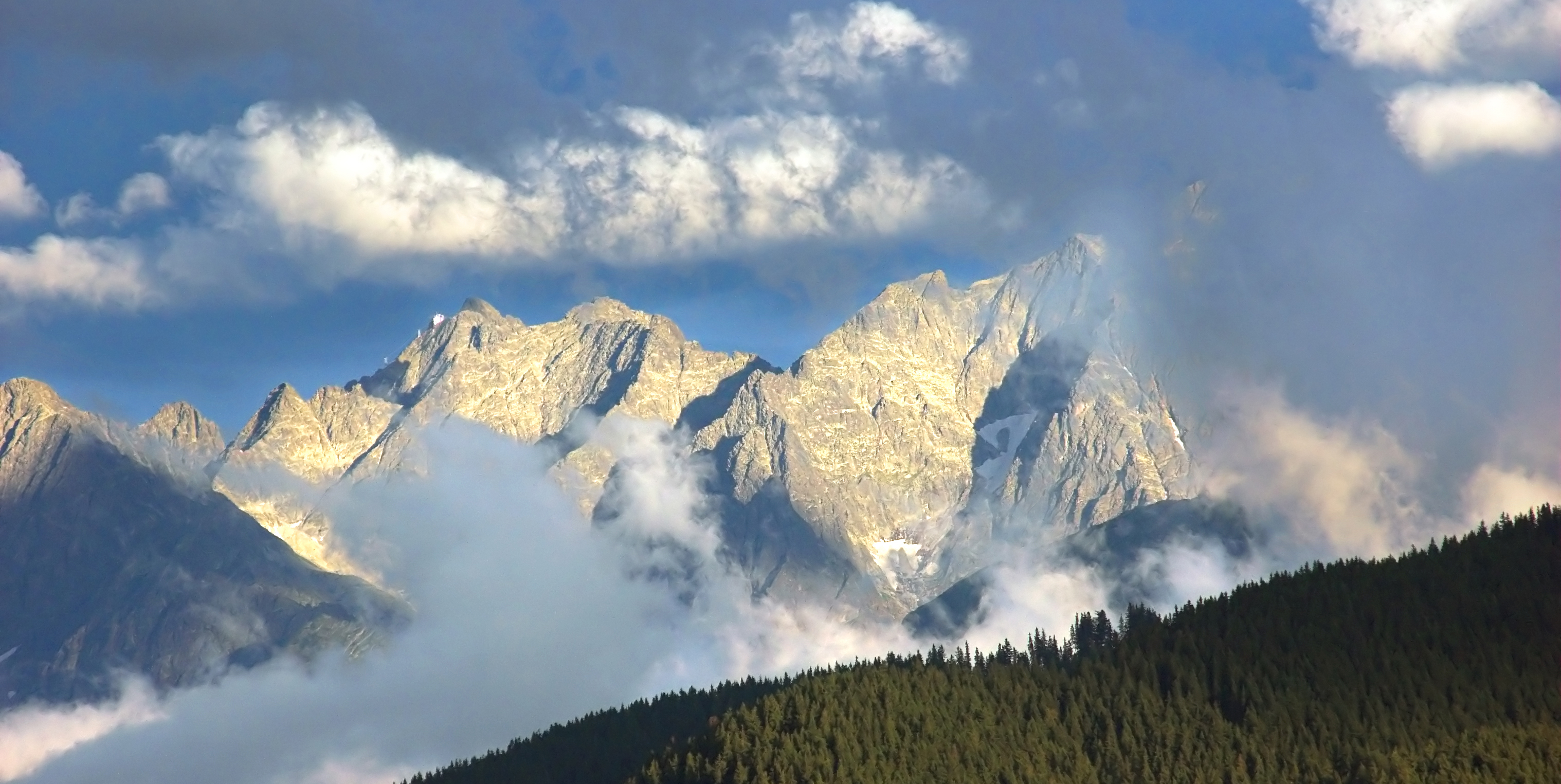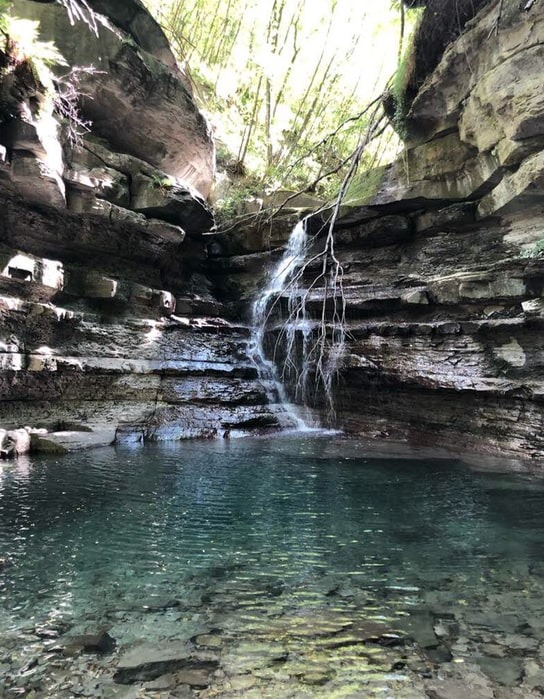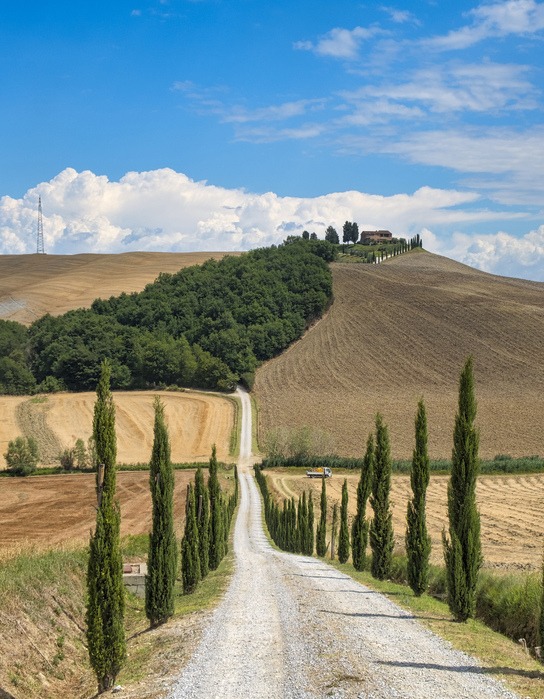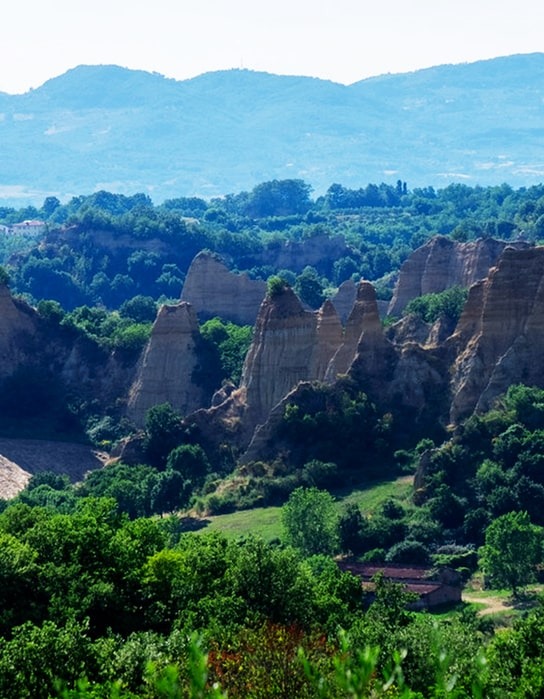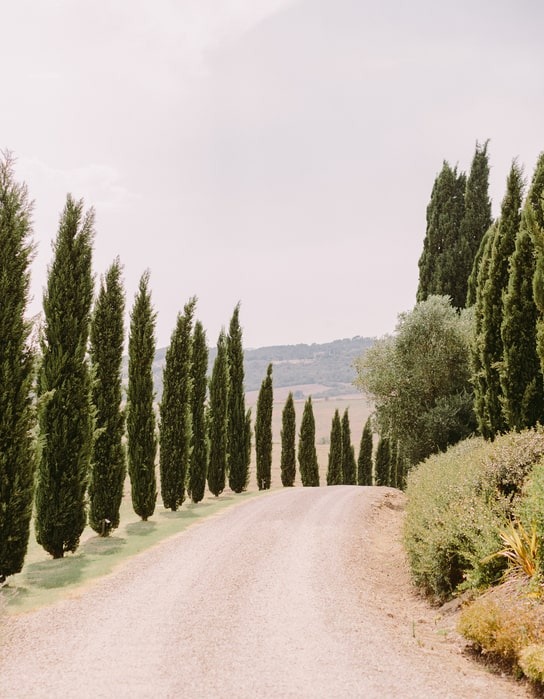Garfagnana
The Garfagnana is the largest valley of the northern Apennines and is located in the province of Lucca, Tuscany. The land includes Serchio Valley, hills and mountains. Here you will find medieval villages, castles and a rich culture to explore.
Peoples of Garfagnana
Originally inhabited by Etruscans and Celts, it was invaded by Lombards in the 6th century. After the fall of the Lombard Kingdom, it came under the control of the Franks and then became part of the Duchy of Lucca. Later, Garfagnana was incorporated by Florence in the 1400s.
Get personal with gorgeous nature
The Garfagnana is rugged and mountainous, covering an area of about 1000 sq. km. The Apuane Mountains are a part of the Alps and cover a large area of the Garfagnana, with their highest point being Mount Pisanino. It can become unbearably hot in the summer, so the best time to visit is spring and autumn. The climate is milder than the rest of Tuscany, with heavy winter snowfalls ideal for skiing in nearby Abetone.
Medieval towns with their unique stories
There are also loads of small old villages worth visiting, such as Bolognana with its 13th-century castle, Vergemoli with its ancient church, Pieve Fosciana with its caves.
Along a road that closely follows the river, Garfagnana is dotted with medieval castles and villages built by Lombard families. Among them are Castiglione di Garfagnana, Comano, Piazza al Serchio. They boast stunning views from its medieval walls and other vantage points.
Talented Garfagnana
The area has a strong tradition in crafts, music and art. People from Garfagnana were well known for their skilled stonemasons and woodcarvers that spread along with Italy building churches, palaces and fountains. It is also famous for its style of singing called 'ciaramella'. Nowadays, it still attracts artists that find inspiration in this peaceful land where time seems to have stopped.
